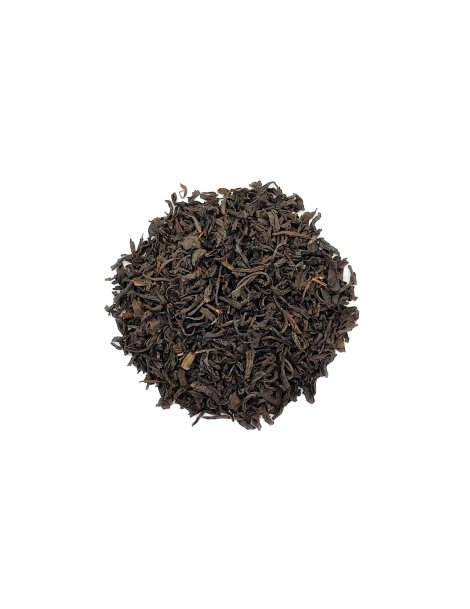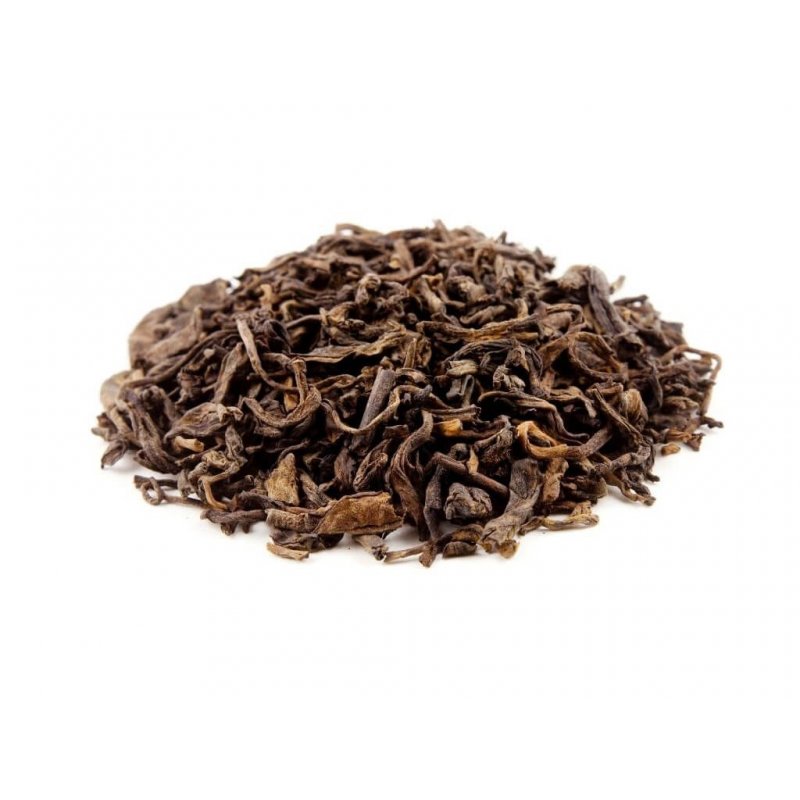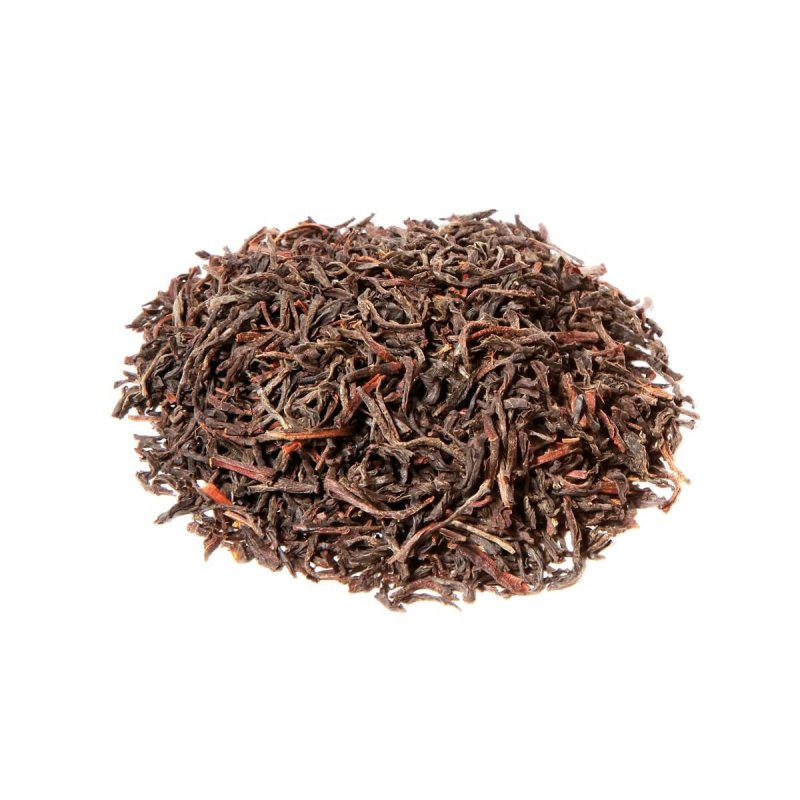Black Tea Keemun OP - Superior
China | Anhui | Orange Pekoe

Fast delivery worldwide
Sent by: DHL, DPD, UPS, MRW, CTT
Black Tea Keemun OP - Superior
This is one of the most famous black teas in China.
Ingredients: 100% Black Tea OP (Orange Pekoe).
Origin: China
Region: Keemun
What is Orange Pekoe Black Tea?
Orange Pekoe black tea might sound like a specific kind of tea, but it’s actually a system of grading Indian black teas according to the size and quality of their leaves. Whether they’ve enjoyed a cup at a restaurant or have simply heard the name before, many people new to the tea world mistake Orange Pekoe for a flavored black tea. In reality, a grade of Orange Pekoe or OP can refer to almost any loose leaf black tea.
First produced in the late 19th century, it quickly became popular in the West and is still used for several classic blends. It is a light tea with characteristic stone fruit and slightly smoky notes in the aroma and a gentle, malty, non-astringent taste reminiscent of unsweetened cocoa. Top varieties have orchid-like fragrances and additional floral notes in the flavor.
Keemun is produced exclusively in the Qimen County of Huangshan City, in Anhui province. The name of the tea is an older Western spelling of the name of the nearby town, Qimen (pronounced “Chee-men”). The tea-growing region lies between the Yellow Mountains and the Yangtze River. The cultivar used for Keemun is the same as that used in the production of Huangshan Maofeng. While the latter is an old, well-known variety of green tea, Keemun was first produced in 1875 using techniques adapted from Fujian province farmers.
Many varieties of Keemun exist, with different production techniques used for each. Nevertheless, any Keemun undergoes particularly slow withering and oxidation processes, yielding a more nuanced aroma and flavor. Some of Keemun's characteristic floral notes can be attributed to a higher proportion of geraniol, compared to other black teas.
Among the many varieties of Keemun, perhaps the most well-known is Keemun Mao Feng (祁門毛峰/祁门毛峰). Harvested earlier than others, and containing leaflets of two leaves and a bud, it is lighter and sweeter than other Keemun teas. Another high-grade variety, containing mostly leaves and stronger than others, is the Keemun Hao Ya (祁門毫芽/祁门毫芽). In Western markets, it is separated by quality into Hao Ya A and Hao Ya B categories, the former being somewhat better than the latter. Either has a markedly intense taste. Other varieties include those specifically tailored for the Gongfu tea ceremony (Keemun Gongfu, or Congou - 祁門工夫/祁门工夫) and Keemun Xin Ya (祁門新芽/祁门新芽), an early bud variety, said to have less bitterness.
One of the black teas produced in Hubei province is sometimes referred to as a Hubei Keemun (湖北祁門/湖北祁门) by several tea companies but is not a Keemun in the true sense of the term.
Water temperature: 100º
Infusion time: 2 – 4 minutes.
Recommended quantity: 1 “teaspoon” per person. Approx. 2grs / cup.
How to prepare: place 1 teaspoon of Keemun in a pan with 240ml of boiled water. Cover and leave to infuse for 2 to 4 minutes. Finally, strain and allow to cool slightly before drinking.
When is the best time to drink black tea?
Black tea can be consumed hot or cold, preferably between meals, and avoid drinking it at night, as caffeine can make it difficult to sleep.






 Reviews
Reviews 

